Pre-MOT checks can help you save time and money
Many cars can fail an MOT test on trivial items like low screen wash or split wiper blades.
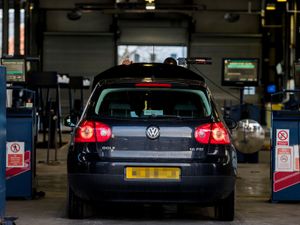
Once your car turns three-years-old, it will need an annual MOT test – or Ministry Of Transport test.
The MOT test checks to see if your car is road-worthy. It will assess your car’s suspension, mechanicals, lights, emissions and safety features.
MOT failures are categorised in two different forms– ‘dangerous’ and ‘major’.
A dangerous failure will mean that the vehicle can not be driven until the problem is rectified. But a major failure can mean that you may be able to drive that vehicle until the re-test of the MOT, although it’s advised to get it repaired immediately.
But, simple things like split wiper blades and low screen wash can be MOT failures – which is annoying for you and your wallet.
The test also can give ‘minor’ or ‘advisories’. This means the car has passed the test, but the owner of the vehicle must monitor and keep an eye on the issue, as it could fail the MOT next time around.
So, to stop your vehicle failing unnecessarily, here are our simple checks to get your vehicle through its MOT.
Lights

Before the MOT test, turn all of your lights on – so that’s the headlights, side lights, indicators/hazards, fog lights. Check if the brake lights and reverse lights are working by either driving up to a wall and looking in the rear-view mirror, or if you have a friend or family member, get them to check for you.
Any blown bulbs can result in an MOT failure – which is preventative if checked before the test.
Tyres
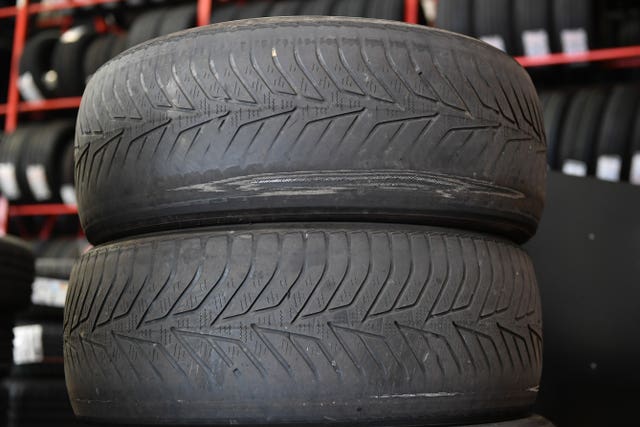
The legal limit for car tyres in the UK is 1.6mm, anything lower than that will result in an MOT fail.
To check the tread depth of your tyres, look at the wear indicators located in between the tread patterns. If you can see the wear indicators at a glance you’ll need new tyres. One tip is to get a 20p piece and put it into the treads of the tyres – if you can still see the edges of the coin then you’ll need new tyres.
Also check for tyre condition. Cracks in treads and sidewalls, nails, bulges and cuts, and even the age of tyre can all result in MOT failures or certainly an advisory.
Wipers and windscreen

Torn, split and smeary wiper blades can all cause your vehicle to fail its MOT. So check to see if the wipers have any of these issues, plus look to see if the windscreen has any chips or cracks. Anything bigger than 40mm inline with the driver can result in an MOT fail.
Make sure that the washer fluid is also topped up, as low screenwash can also be an MOT failure.
Fuel and engine oil
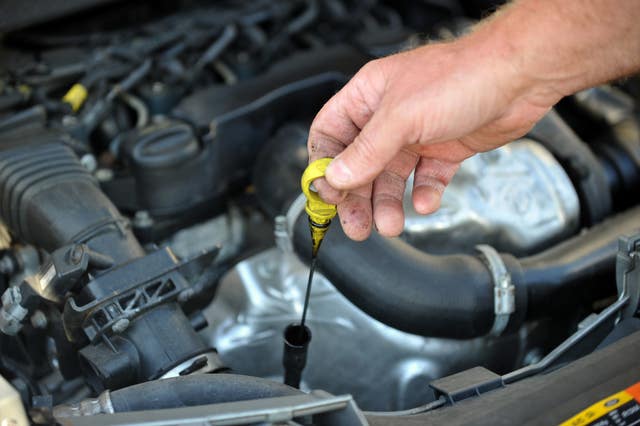
A lot of people don’t know this, but a garage that conducts MOTs can refuse to test a car if the fuel or oil level is too low.
Make sure your car has enough fuel before the test and you’ve checked the dipstick under the engine to make sure that the oil level is between the minimum and maximum mark on the stick itself.
Brakes
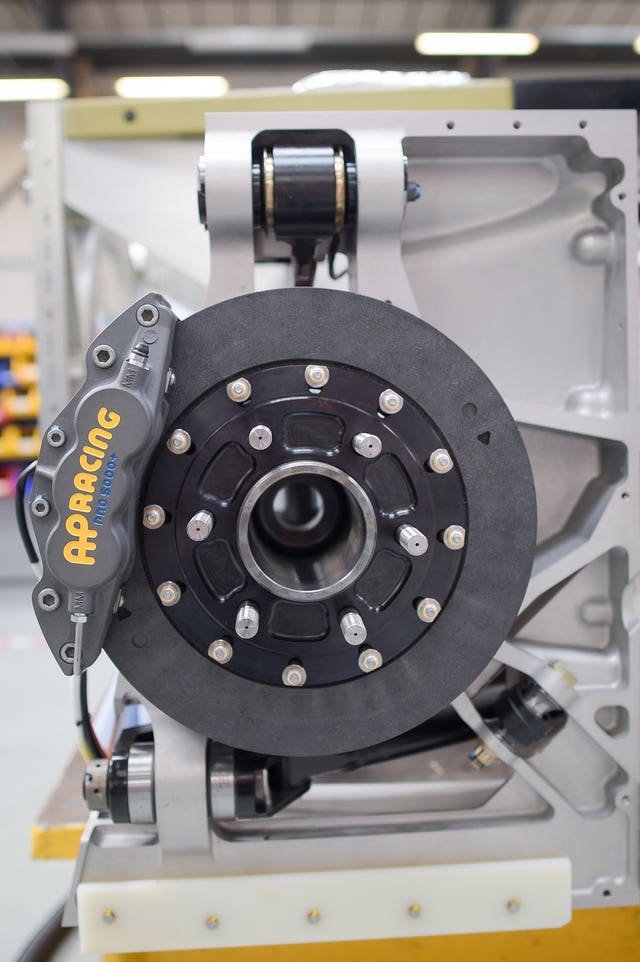
When looking at your brakes, check to see if the pads have enough life left in them. The way to check is to try and get your hand in between the disc and the pad itself, and if you can feel the pads you should have enough wear on the brake pad. If you can’t see or feel the pad, it means they’re too low and need replacing.
The brake discs need to be checked for lips, scoring, corrosion and warping. Brakes are the key component for your safety – a simple check of your brake discs could save your life.
Warning lights

Check the dashboard for any warning lights. If the dashboard is lit up like a Christmas tree, it certainly won’t pass an MOT.
Engine, ABS, airbag, traction control or even the tyre pressure monitoring light could all signal that there is a major safety fault with the vehicle, and needs to be rectified before being used on the road.
Mirrors

Check that your rear-view mirror and door mirrors are free of damage and that they are secure.
Mirrors are another vital safety feature of your vehicle. They make sure that the driver can check blindspots clearly, and if they’re damaged or likely to fall off, then the vehicle will need urgent attention before passing the MOT test.
Seatbelts
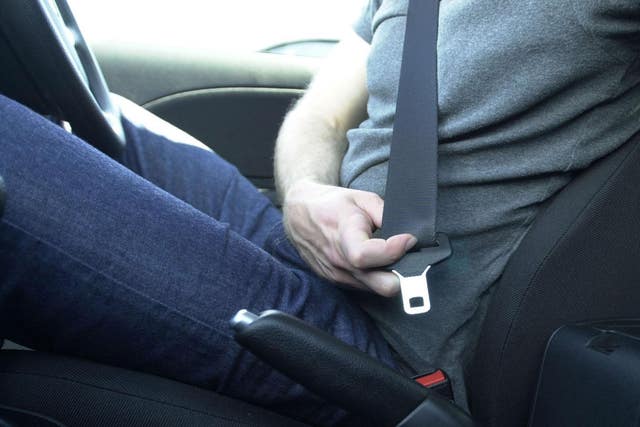
The importance of seatbelts cannot be overstated. Before the MOT test, get hold of all the seatbelts and fasten them into their locking mechanisms. Then, try and pull the seatbelt apart from the locked section. Then press the release button while holding the belt and see if the belt releases and retracts back to its original position. If it doesn’t, the seatbelt isn’t doing its job properly and becomes a serious risk for passengers resulting in an MOT fail.
Also, check the seatbelts and their buckles, such as fraying, cuts, tears and the plastic casing for damage.





